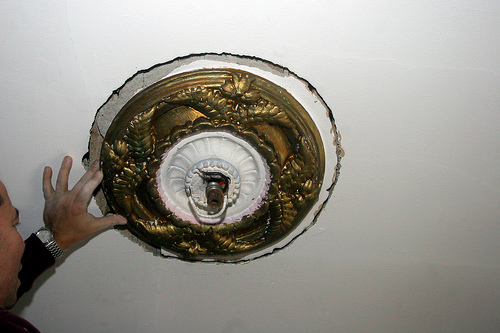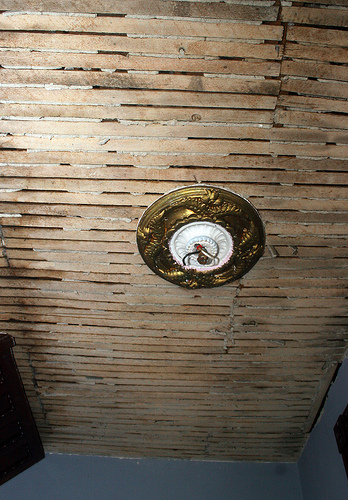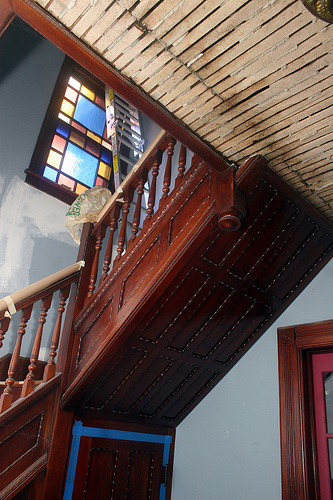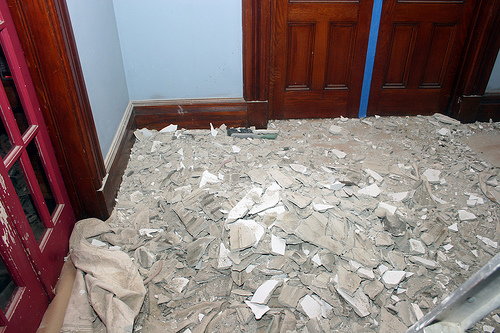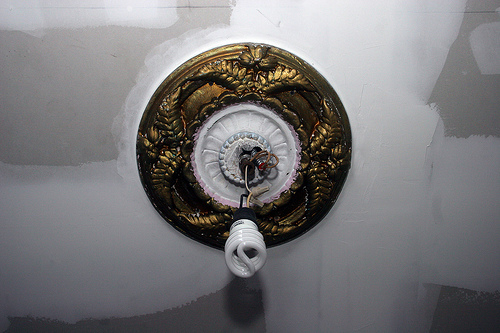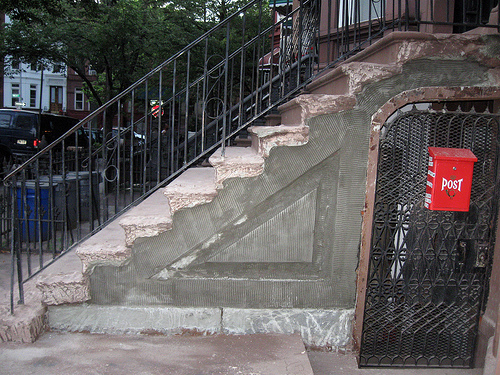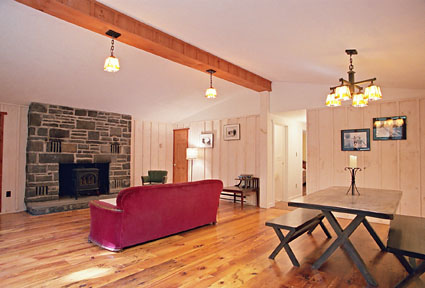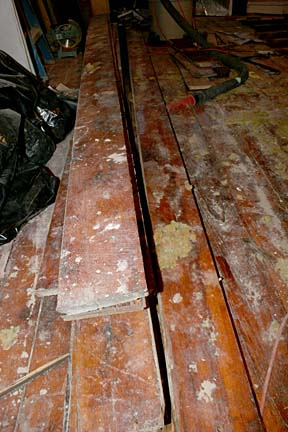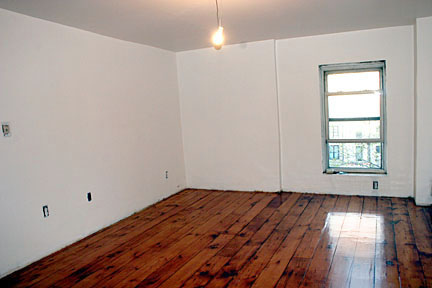Now that the snow is melting, basements will get flooded. Well, mine anyway. There is no one quick fix. It could be a number of maintenance issues causing the problem. The best way to figure it out is take a good look around when it’s damp. Like right now.
Let’s look at small and easy DIY repairs first.
1. Start outside. Make sure your gutters are all connected and direct water away from the house. It seems so simple, but do you know how many people don’t realize they have lovely waterfalls flowing down their homes?
2. Ok, downstairs. Check your bricks and block work. Do they need repointing? Concrete sealers such as ThoroSeal or Drylok are never a bad idea. In fact, it’s a good idea.
3. Something you might want as a “just-in-case” even if your basement is bone dry is a sump pump. You will need to dig a small hole for the unit. Definitely install one if you’ve given up and let it flood every now and then. It trumps a wet/dry vac, trust me.
4. While we’re still on small stuff, treat yourself to a dehumidifier for the dampness. This one was way obvious, right?
5. Still flooding? Ok, now it’s getting more complicated. Go back outside. Check the slope of your landscape. The water should flow away from the house, not towards it.
6. While your at it playing with the pitch of your landscape, might as well install a french drain. DIY? Maybe with difficulty if it’s all soil. If your house is surrounded by concrete, that’s an even bigger job. Now it’s time to think about calling in the pros.
7. There’s another way if you don’t want to dig around your house, but it ain’t pretty. Professional systems such as B-Dry are installed on the inside. The cost is as much as a brand new inexpensive automobile. On the other hand, we did a DIY alternative in one of our homes and it worked like a charm.
If you have any dampness issues at all, DO NOT store stuff that will get moldy. I lost all of my cherished record albums that way. Every one of them.

